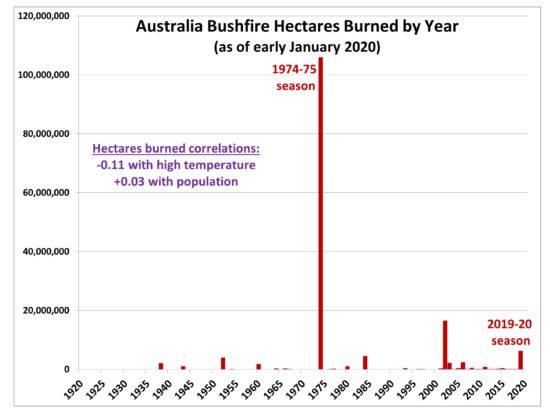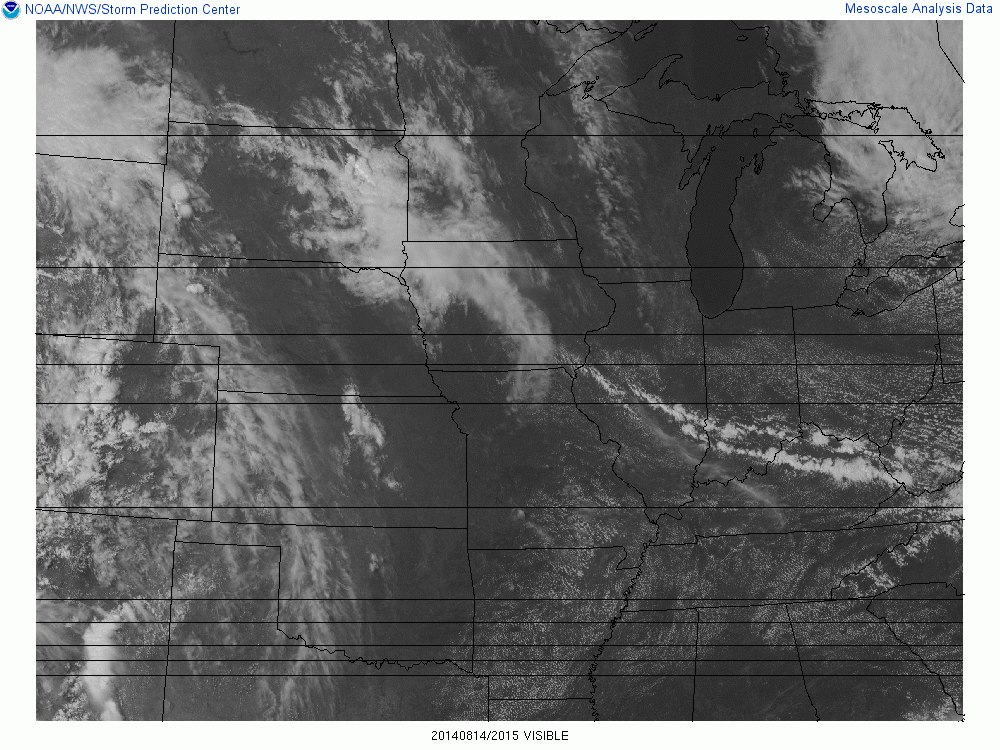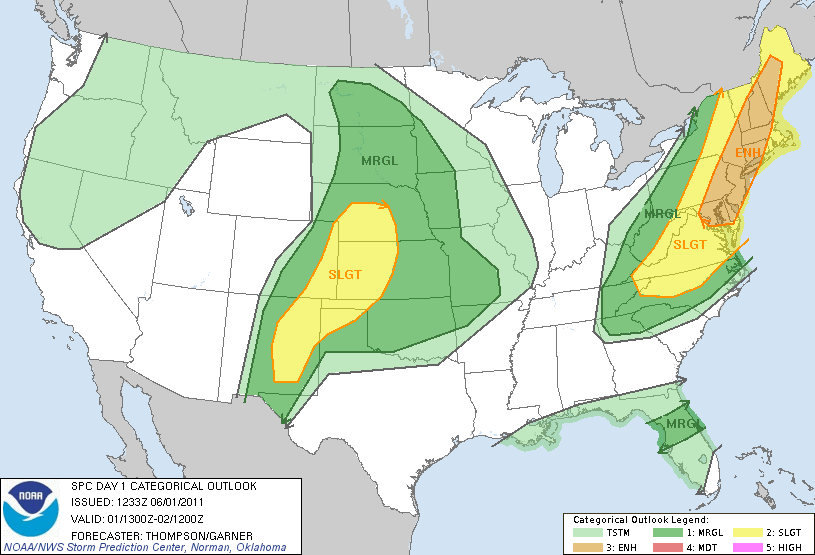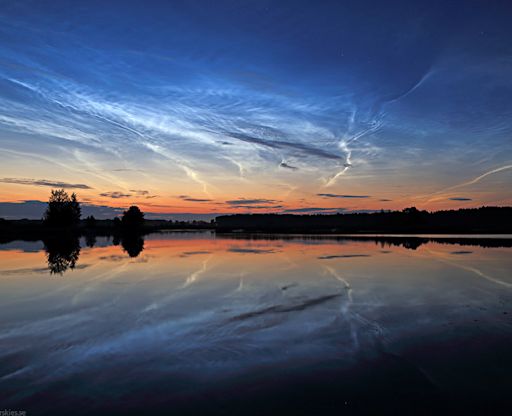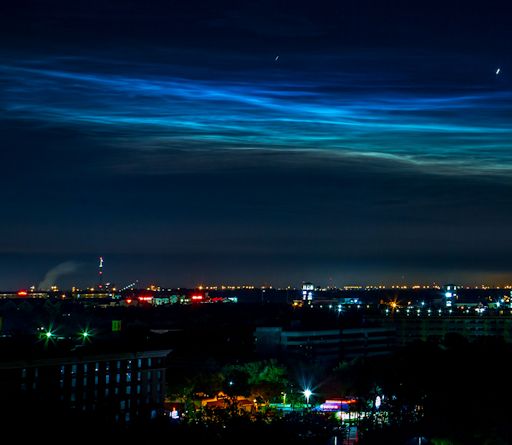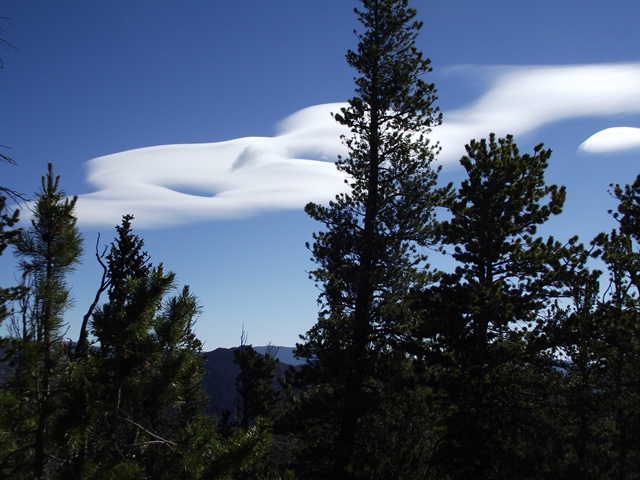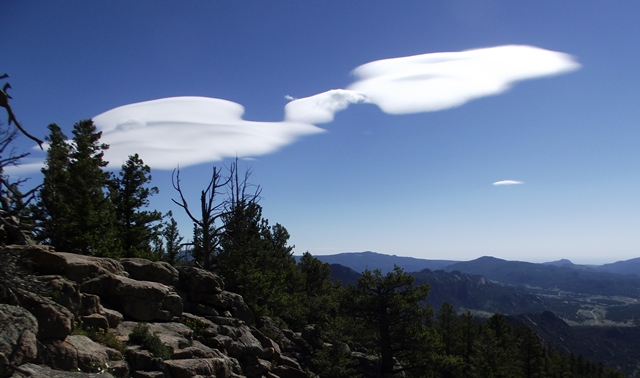5:30 P.M. Sat., Feb. 5, 2022
Got a good laugh from this morning’s CJ. When asked by a reporter, “What happened to the big ice storm?, a National Weather Service forecaster replied that the storm had “underachieved.” Essentially saying that our forecast was correct and nature was wrong. Give me a break.
A little background
When I arrived in Louisville in 1969, I heard many stories about a long-time Head of the local “Weather Bureau”, as many people called it back then. O. K. Anderson was his name and he was closely associated with phrases like, “It was coming our way, then this darned Ohio Valley changed its path and ruined everything.” “This darned Ohio Valley” got blamed for all the missed forecasts.
He was correct, the Ohio Valley does alter weather systems. My reasoning, however, was that the Ohio Valley has been basically the same for thousands of years. Shouldn’t it always alter weather patterns the same way?
It took several years (and some pretty bad forecasts), to start seeing patterns of behavior difference between the forecast models and reality. After awhile, I developed enough confidence to actually use those observed differences in my forecasts. What an improvement that made.
But, back to my original point. Over many years, forecasting improved a good bit but winter storms still were the source of quite a few “misses.” And snow and ice forecasts were far more noticeable than anything else. It’s like this: if you forecast rain, it doesn’t really matter whether it rains .1″ or 1″, it still “rains.” But if you predict one inch of snow and you get 10″, everybody notices.
When forecasts didn’t pan out, I kept hearing two specific phrases. “We got lucky” and “We dodged the bullet” are still used regularly. I’ve been telling people for decades, if you hear either one of those phrases, what they are actually saying is, “I was wrong.”
So, we’re back to 2022 and we have a new entry to our list of excuses. At least twice this winter I’ve read from the NWS, a storm underachieved. So now, you can blame a missed forecast on “the Ohio Valley”, “we were lucky”, “we dodged the bullet” or “the storm underachieved.” Any way you say it, it means “I blew it.”
Note 1: We’re all human. We all make mistakes. Some people just can’t admit it.
Note 2: This is exactly the same reason that has brought us the so-called “climate crisis.”

